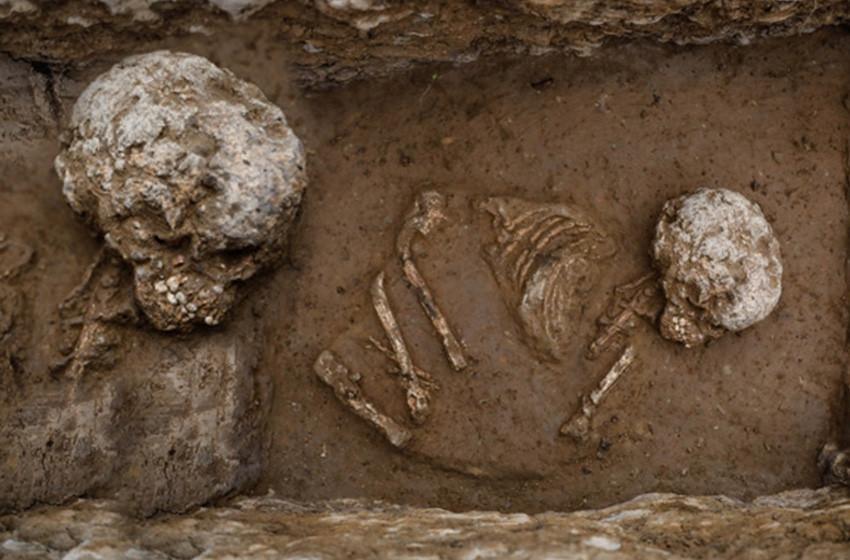
Ongoing excavations in Istanbul’s Beşiktaş district are offering surprising and significant clues about the history of the ancient city, with one archeologist boasting the district as “Istanbul’s Göbeklitepe.”
Beşiktaş, located right at the heart of Istanbul by the Bosphorus, is presently a middle-class, busy quarter of the city. Every day, tens of thousands of people go through the district to commute in heavy, congested traffic.
It looks like an unlikely place where archeologists could make important discoveries. But the excavations in Beşiktaş, which has been going on for around five years now, are revealing some astonishing insights about this ancient city’s past.
Recently, terracotta potteries, which were found eight meters below the surface at the archeological sites believed to be belonging to a period between 4,500 and 5,000 B.C during the chalcolithic era, suggest that “Istanbul’s history” goes back to much earlier times than previously thought.
“This was truly unexpected both for Istanbul and Beşiktaş…very significant archeological findings these are,” said Rahmi Asal, the director of the Istanbul Archeological Museums.
The excavations in the district, overseen by the Istanbul Archeological Museums, has been ongoing since 2016 on the site where a metro line between Kabataş and Mahmutbey, going through Beşiktaş, is currently being built.
Previously Kurgan-type tombs from the bronze age - oldest of such tombs ever found in Turkey - were unearthed at the archaeological site.
Inside and around those 46 Kurgans, a total of 115 tombs have been unearthed.
At the excavation site, there are 109 tombs where bodies were buried and cremated and there are also other tombs where bodies were directly buried. Among them is a tomb of a 10-year-old child. The bones of the child were found in fetal position and preserved in good condition.
In some of those tomb stone axes, terracotta potteries and figurines, laid in the tombs as gifts, have been found.
At the site, water wells from the Byzantine and Ottoman eras have also been discovered. One of those wells dates back to 6th century in the Byzantine period and two from the 16th and 19th centuries during the Ottoman era.
Göbekliktepe in Istanbul
To date, findings from different periods, such as the Ottoman, Byzantine, Roman, Greek, early Bronze and the chalcolithic era, have been unearthed in the Beşiktaş excavations, showing that the city has lived through ages and people settled here thousands of years ago.
“Beşiktaş is a very interesting place. As we carried out the excavation work, we discovered the remnants of stoneware dating back to the chalcolithic period. This was truly unexpected for Istanbul and particularly for Beşiktaş,” said Asal.
He noted that there was not much archeological information about Beşiktaş.
“We mostly relied on information provided in ancient sources or information provided by researchers regarding the Byzantine and Ottoman periods…but those findings from the Greek, Roman, early Bronze and especially from the chalcolithic era are truly fascinating,”
“I hope we can come across findings from the earlier ages than the chalcolithic era…If this happens, it would be very striking for [the history of] Istanbul...I always jokingly say: If Urfa has Göbeklitepe, Istanbul has its very own Beşiktaş...Really, the city and this site are as impressive as Göbeklitepe,” he said.
Göbeklitepe in the southeastern province of Şanlıurfa, crowned the world’s oldest temple, is considered “zero point of history.”